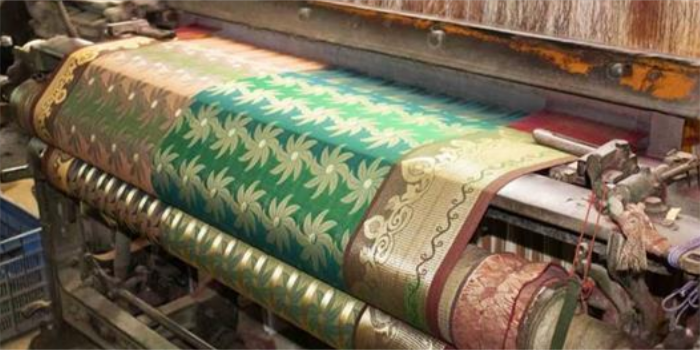
Indian weaving industry: Paving the way towards growth
The Indian weaving industry is growing slowly but steadily despite several constraints. To accelerate its growth, the industry needs to develop a robust model and infrastructure. In this article, Sanjay Arora sheds more light on the current status of the Indian weaving industry in terms of production, capacities, fabric demand and emerging trends. He also highlights on the challenges and suggests ways to overcome the same.
The Indian weaving industry is growing slowly but steadily despite several constraints. To accelerate its growth, the industry needs to develop a robust model and infrastructure. In this article, Sanjay Arora sheds more light on the current status of the Indian weaving industry in terms of production, capacities, fabric demand and emerging trends. He also highlights on the challenges and suggests ways to overcome the same.
The textile industry plays a crucial role in Indian economy. It contributes to 7% of industrial output in terms of value, 2% of the GDP and 12% of country’s export earnings. Next to agriculture, it is the second largest employment generating industry in India, employing approximately 45 million people directly. There are around 1,600 spinning mills, 4 lakh weaving units, 50,000 knitting units, 5,000 processing units and 71,000 garmenting and made-ups units in India. Majority of the production happens in decentralised sector in various clusters across India some of which are vertically integrated.
CATEGORIES Sustainability



